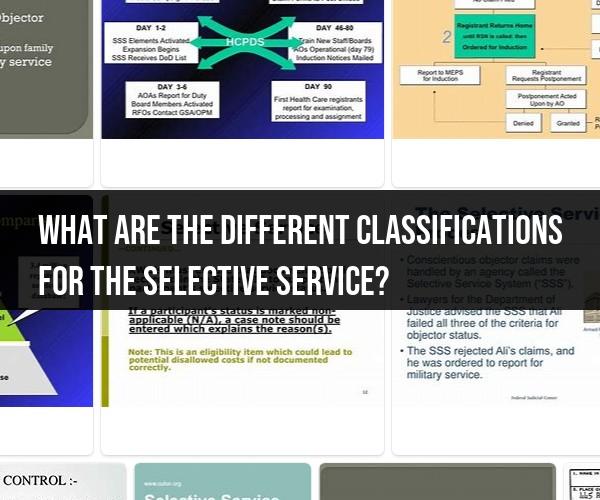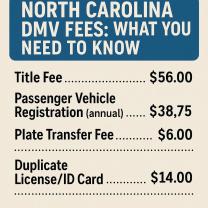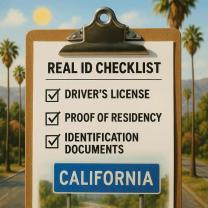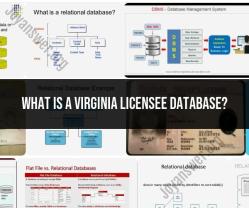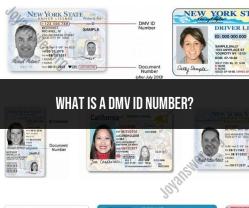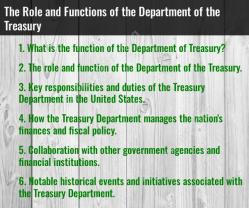What are the different classifications for the Selective Service?
Selective Service classifications are categories used by the United States Selective Service System to classify individuals based on their eligibility for military service in the event of a draft. These classifications determine who would be called for military service and in what order if the government were to reinstate the draft during a time of national emergency. Here are the main Selective Service classifications:
Class 1-A: Men who are available for military service and fit for duty. This is the classification for individuals who are most likely to be called first in the event of a draft.
Class 1-A-O: Conscientious Objectors available for noncombatant military service. These individuals are opposed to serving in combat but are willing to perform alternative service roles that do not involve direct combat.
Class 1-C: Members of the Armed Forces and the Reserve components of the Armed Forces. This classification includes individuals who are currently serving in the military.
Class 1-D: Reserve members who have not completed their full period of military service. This classification includes individuals who are in the process of fulfilling their service commitment.
Class 1-H: Registrants not currently subject to processing for induction. This classification is for individuals who are temporarily exempt from induction for various reasons, such as medical conditions or hardship.
Class 1-O: Conscientious Objectors available for noncombatant military service (Separated). This classification is for individuals who were previously classified as 1-A-O but have been separated from the military.
Class 1-S: Students who are temporarily deferred from military service. This classification applies to individuals who are pursuing full-time studies at qualifying educational institutions.
Class 2-S: Registrants deferred because of active service in the National Guard or other Reserve components of the Armed Forces.
Class 3-A: Hardship deferment. This classification applies to individuals who can demonstrate that their induction would result in hardship to their family.
Class 3-C: Registrants who are employed in civilian jobs essential to the maintenance of the national health, safety, or interest.
Class 4-A: Registrants who are sole surviving sons of families where the father was killed, died as a result of wounds, accident, or disease in military service.
Class 4-B: Official deferred by law. This classification applies to government officials who are exempt from induction by law.
It's important to note that the Selective Service classifications are subject to change, and additional categories may be added or modified as per government regulations and needs. The Selective Service System maintains these classifications to ensure a fair and equitable draft process if it becomes necessary in the future.
